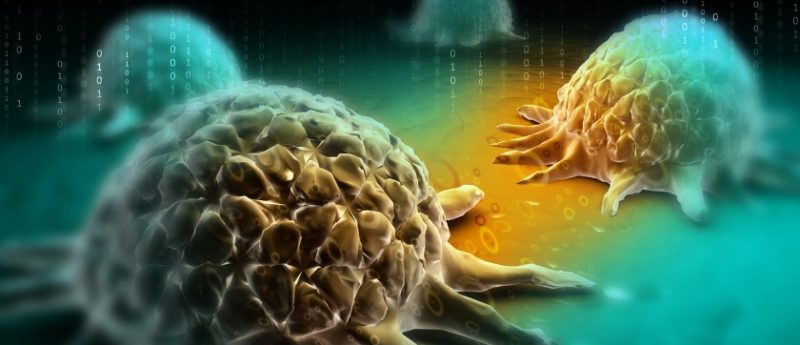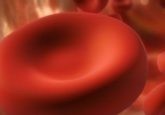Cancer stem cells: moving past the controversy

It has long been recognized that tumors contain cellular heterogeneity and share histological features with developing tissues. These observations have recently been validated with functional assays to confirm the presence of a cancer stem cell (CSC) population in many advanced cancers, including glioblastoma (GBM) [1–4]. Although the CSC hypothesis remains contentious, CSCs have been well established in several advanced cancers, such as leukemia, breast and colon cancer (see the review by Visvader and Lindeman [5]), however, their existence is less clear in other cancers, including lymphoma [6]. Data identifying the glycoprotein CD133 as a putative CSC marker in GBM [3,4] have subsequently been challenged [7] and the evidence for a hierarchical organization, while indirectly implied from differentiation studies, is yet to be described using lineage-tracing approaches. Central to the controversy over the CSC hypothesis is the lack of standard functional assays, discrepancies in terminology, over-reliance on cell surface markers and plasticity between cell types. These issues will be discussed in detail below. To fully understand the contribution of CSCs to GBM progression and harness the therapeutic insight that they provide, the complexity associated with the CSC hypothesis needs to be reduced into standard definitions and assays.
Click here to view full article.





